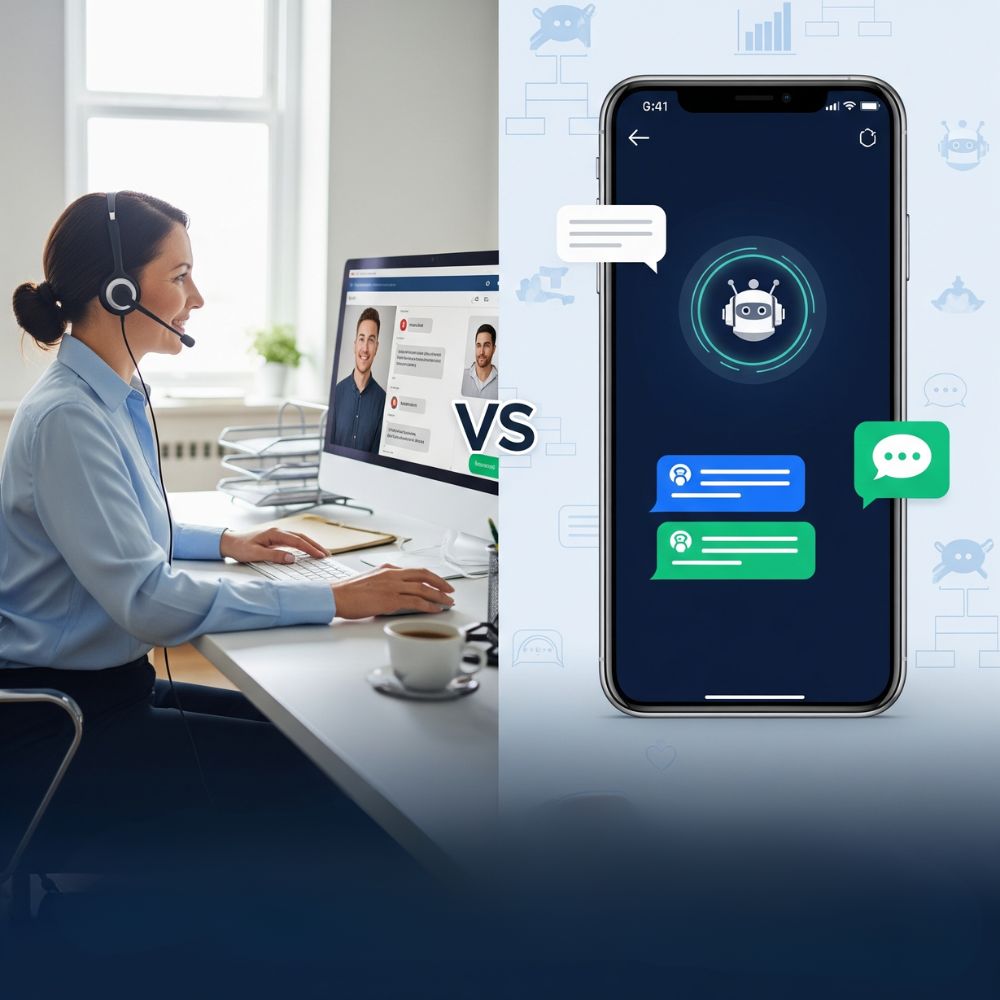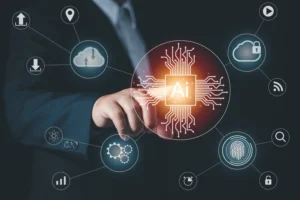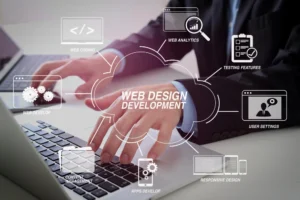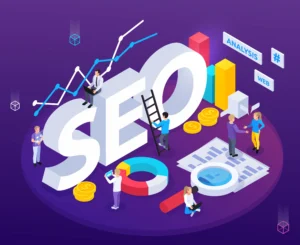Immediacy shapes customer expectations; the mechanisms used to facilitate communication between businesses and consumers are ever evolving. Among these transformations stands a pivotal choice for modern enterprises: investing in live human chat support or adopting artificial intelligence-powered chatbot technologies. While both models offer viable interaction frameworks, the question remains: when the goal is conversion optimization, which solution proves superior?. With attention to current market demands and technological advancements, for the following article, we shall explore the role of AI chatbot development services and chatbot development services for websites in advancing conversion-focused communication models.
The ultimate battle between chatbot and Live Chat- which one is the best?
In this section of the article, we shall see the tussle unfold between the two modes, the live chat and the chatbot, analyzing which is the best for boosting more conversions.
1. Interaction efficiency: A conversion catalyst
Customer inquiries are inherently time-sensitive. The moment a prospective buyer engages with a business site, hesitation or delay in response can derail the purchase process.
Live chat systems, managed by human representatives, offer nuanced and empathetic interactions. These are effective in high-context scenarios such as troubleshooting or consultations.
However, such systems are constrained by bandwidth. During peak hours, delayed response times or unavailable agents hinder the flow of communication. By contrast, chatbots developed through AI chatbot development services offer uninterrupted availability. Deployed with smart routing capabilities and real-time query resolution, these bots eliminate latency and support instantaneous guidance throughout the consumer journey.
2. Scalability and resource optimization
Scalability is integral to sustainable conversion strategies. Human-operated chat systems necessitate recruitment, training, and scheduling infrastructure—all of which scale linearly with demand. This model becomes economically unviable for websites expecting high volume or growth.
Conversely, businesses that invest in AI chatbot development services benefit from exponential scalability. Chatbots function as asynchronous agents that manage thousands of concurrent conversations without diminishing quality. Whether addressing frequently asked questions or navigating users through sales funnels, automated agents optimize digital resources while maintaining consistent service quality. As such, chatbot development service for websites becomes not merely a technical integration but a strategic enabler of scalable conversions.
3. Personalization VS Empathy
One common misconception is that chatbots lack personalization. Historically, this was accurate. Early-generation bots relied on rule-based systems with minimal adaptability. Today, however, AI chatbot development services harness deep learning, natural language understanding, and behavior prediction algorithms. These bots contextualize user history, purchasing behavior, and location data to simulate personalized recommendations, greetings, and promotions.
Though human empathy in live chat remains unmatched for emotionally charged conversations, the majority of e-commerce interactions involve logistical or transactional inquiries. These can be efficiently handled by chatbots without loss of effectiveness. The evolution of semantic modelling and sentiment detection continues to narrow the empathy gap between humans and bots.
4. Conversion-driven Architecture
Conversion architecture prioritizes clarity, responsiveness, and user motivation. Chatbots can be programmed to deliver similar responses based on user intent, providing an uninterrupted pathway from landing page to checkout. By embedding predictive cues and nudges—such as limited-time offers or cart reminders—chatbots guide users through high-friction points in the funnel.
Live chat systems depend heavily on agent skill, tone consistency, and attention to conversion triggers. While skilled agents can personalize upsells or solve complex issues, such outcomes are inconsistent and rely on human performance.
Enterprises leveraging AI chatbot development services benefit from predictive analytics and behavior-driven triggers embedded directly into chatbot workflows. These integrations enhance funnel visibility and improve click-through rates with measurable precision.
5. Operational Sustainability and System Integration
From an enterprise standpoint, sustainability requires minimizing overhead while maximizing operational agility. Live chat systems generate ongoing staffing costs and may require performance monitoring, customer satisfaction audits, and manual reporting.
Chatbots—especially those implemented through a chatbot development service for websites—integrate seamlessly with CRM platforms, analytics engines, and marketing automation tools. This cohesion results in a feedback loop where chatbot interactions inform campaign adjustments and strategy recalibrations. Moreover, chatbots contribute actively to data collection, furnishing rich interaction datasets without manual entry.
Conclusion
The dichotomy between chatbots and live chat is not necessarily oppositional but strategic. Live chat performs well in high-touch engagements requiring emotional sensitivity. Yet for conversion-centric deployments—especially in fast-paced, high-volume environments—chatbots provide superior outcomes through scale, responsiveness, and predictive engagement.
Businesses aiming to elevate conversion metrics must assess these frameworks not simply by technological appeal, but by alignment with audience behaviour, operational goals, and digital strategy. Chatbot development services for websites present a robust infrastructure for modern conversion ecosystems, capable of adapting to market change and customer demand.
FAQs
- How do AI chatbot development services enhance conversion rates on websites?
AI chatbot development services improve conversions by enabling fast, consistent, and personalized user interactions. They eliminate wait times, guide users through the purchase funnel, and adapt responses based on customer behaviour, significantly reducing bounce rates.
- What is the key difference between a chatbot development service for websites and traditional live chat support?
Chatbot development service for websites focuses on building automated interaction systems that are scalable and always available. In contrast, traditional live chat depends on human operators whose performance can fluctuate, limiting scalability and consistency.
- Are these AI-based chat development services suitable for small businesses?
Yes. Modern AI chatbot development services offer customizable solutions that can fit the needs and budgets of small businesses. They provide efficient automation for routine customer queries, freeing up staff to focus on strategic growth.
- Can chatbots built using AI chatbot development services handle complex customer queries?
Advanced chatbots designed through AI chatbot development services can manage complex inquiries using natural language processing and smart routing. For highly technical or sensitive queries, they can escalate conversations to human agents seamlessly.
- How do chatbot development services for websites affect customer satisfaction?
Chatbot development services for websites contribute to high customer satisfaction by offering fast response times, intuitive interfaces, and consistent support. By minimizing friction and delivering instant assistance, these bots improve user trust and retention.









